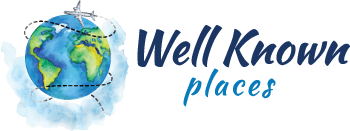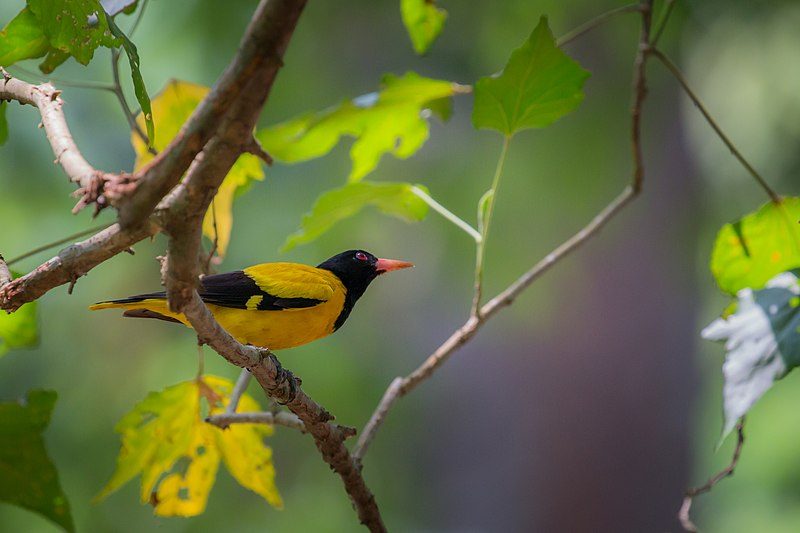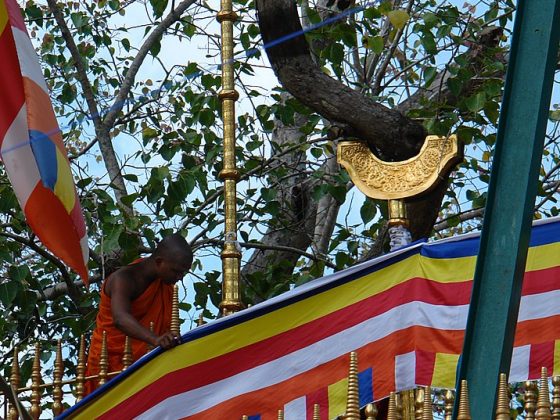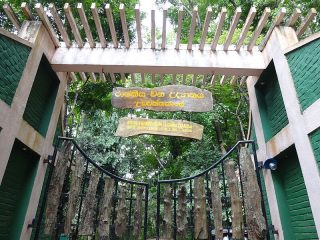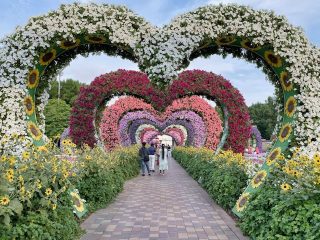Spread over an area of approximately 6000 hectares, Muthurajawela Wetlands, the largest saline coastal bog of Sri Lanka. The northern part of the marsh has been declared a sanctuary by the government under the Flora and Fauna Protection Act, recognising its unique bio-diversity.

The Name
Muthrajawela, which is believed to be formed about 6000 years ago, has quite an interesting etymology. Although its origins are unknown, the name “Muthurajawela” is roughly translated into “Swamp of Royal Treasure.”
History
The formation of the Muthurajawela Wetlands is quite an arbitrary incident. During the Dutch incumbency, the colonists felt the need to expand the waterways into the country, which ultimately resulted in a disaster. The newly dug canal system made the agricultural lands in the area unsuitable for cultivation as the saline conditions steadily intruded the soil.
Flora
The lush greenery of the Muthurajawela consists of 194 species of plants that can be categorized into seven types of flora: marsh, lentic flora, shrubland, reed swamp, grassland, stream bank, and mangrove forests. This vegetation acts as the lifeblood of the thriving fauna population in the wetland.
Fauna
From colourful migrant and endemic bird species to globally threatened primates such as Slender Loris, this wetland is inhabited by a multitude of fauna that breathes life into the calm wetlands. One can explore this enrapturing site while staying at one of the hotels near Colombo Airport the likes of Pegasus Reef.
